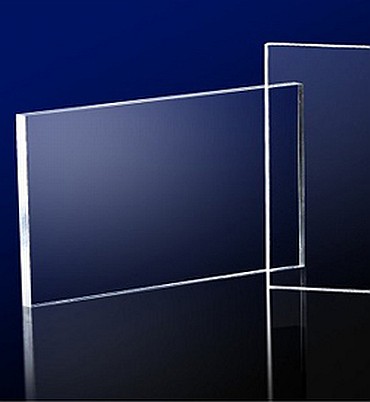Acrylic sheets have become an increasingly popular choice for a wide range of applications, from DIY projects to professional installations. One of the important factors to consider when working with acrylic sheets is their thickness. The right thickness can significantly impact the success and durability of your project. We will explore the world of acrylic sheet sizes, discuss the factors that influence thickness choices, and provide guidance on making informed decisions.
Understanding Acrylic Sheet Thickness:
Acrylic sheets come in various thicknesses, each serving a specific purpose. The thickness of an acrylic sheet is measured in millimeters (mm) or inches. Common thicknesses include 2mm, 3mm, 4mm, 6mm, 8mm, and 10mm, with more extensive options available for specialized applications.
Factors Influencing Thickness Selection:
- Application Type:
The intended use of the acrylic sheet plays a crucial role in determining the appropriate thickness. For lightweight applications such as picture frames or signage, thinner sheets like 2mm or 3mm might be adequate. On the other hand, thicker options, such as 6mm or 8mm, might be needed for heavier-duty applications like protective barriers or shelves.
- Durability and Strength:
Thicker acrylic sheets generally offer increased strength and durability. If your project involves load-carrying elements or requires resistance to impact, opting for a thicker sheet can provide the strength that is needed for long-term performance.
- Aesthetics and Visual Impact:
Acrylic sheets come in transparent, translucent, and opaque varieties. The thickness can influence the visual impact of the material. Thick sheets can improve the impression of substance and depth, which makes them appropriate for architectural features or artistic presentations where visual presence is important.
- Cost Considerations:
The additional material required to make thicker acrylic sheets usually results in a higher cost. It’s essential to maintain a balance between the requirements of your project and your budget. Consider whether the extra thickness is necessary for the project or if a less expensive solution would still accomplish your goals.
Common Applications and Recommended Thickness:
- Picture Frames (2mm-3mm):
For lightweight applications like picture frames, thinner acrylic sheets ranging from 2mm to 3mm are suitable. Without introducing extra weight, they offer sufficient protection.
- Signage and Display Cases (3mm-6mm):
Signage and display cases often benefit from acrylic sheets with a thickness between 3mm and 6mm. This range balances visibility and durability, making it ideal for showcasing information or products.
- Shelving and Protective Barriers (6mm-10mm):
Projects involving shelving or protective barriers, where strength and durability are essential, benefit from thicker acrylic sheets. A range of 6mm to 10mm is commonly used for these applications.
- Architectural Elements and Art Installations (8mm-10mm and Beyond):
Acrylic sheets that are 8 to 10 mm thick, or even thicker for extra presence, are frequently used in architectural elements and art exhibitions that require a strong and visually striking material.
Tips for Thickness Selection:
- Evaluate Project Requirements:
Consider your project’s intended use, load-bearing requirements, and visual impact to determine the appropriate thickness.
- Consult with Suppliers:
Acrylic Supplier can provide guidance based on your specific project needs. Share details about your application, and they can recommend the most suitable thickness options.
- Consider Weight Constraints:
Remember any weight restrictions or considerations, especially if your project involves mounting or suspension.
- Factor in Aesthetic Preferences:
Try experimenting with various thicknesses to see how they affect the acrylic’s visual attractiveness if visuals are important to your project.
- Budget Responsibly:
While thicker acrylic sheets offer added strength, ensure the chosen thickness aligns with your budget constraints. Balance performance needs with cost considerations.
Whether you’re crafting a simple picture frame or designing a complex architectural installation, the right acrylic sheet thickness sets the foundation for a project that stands the test of time.



